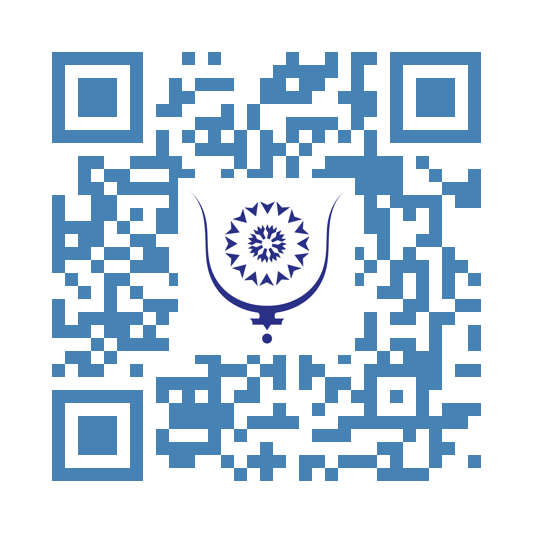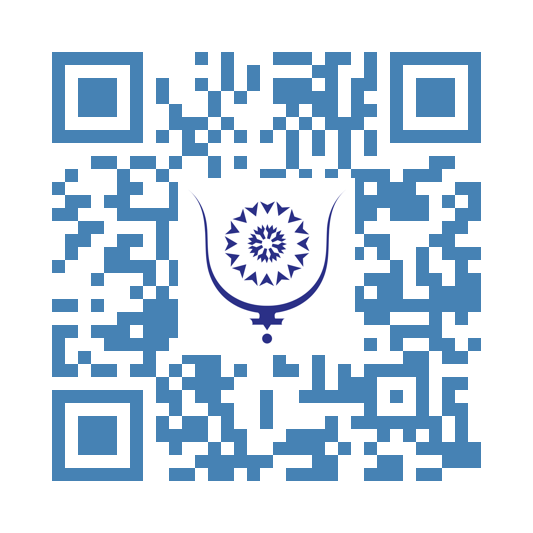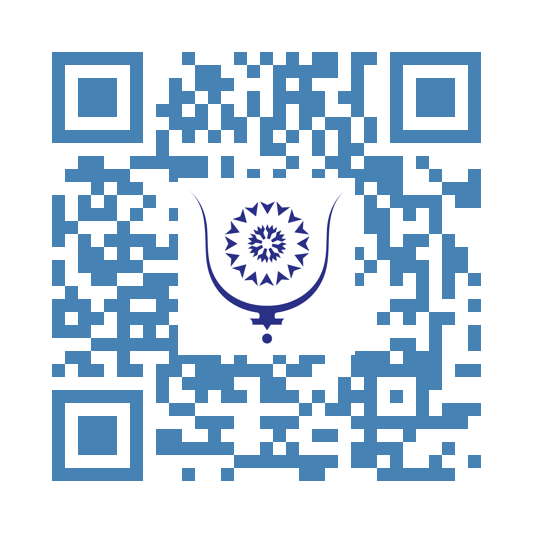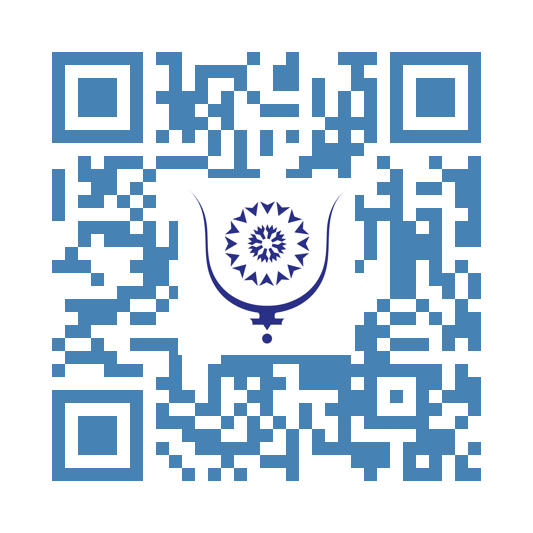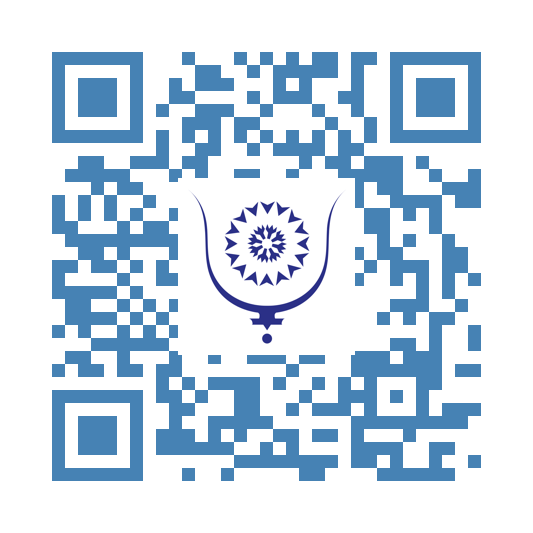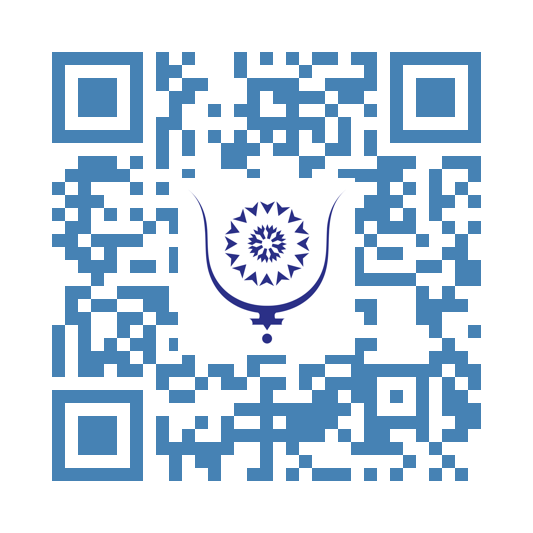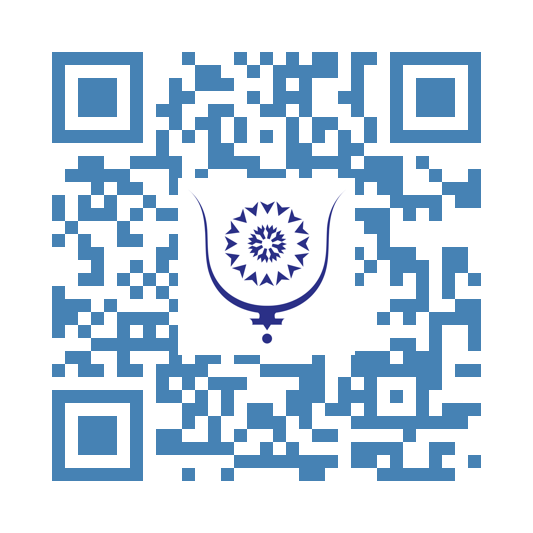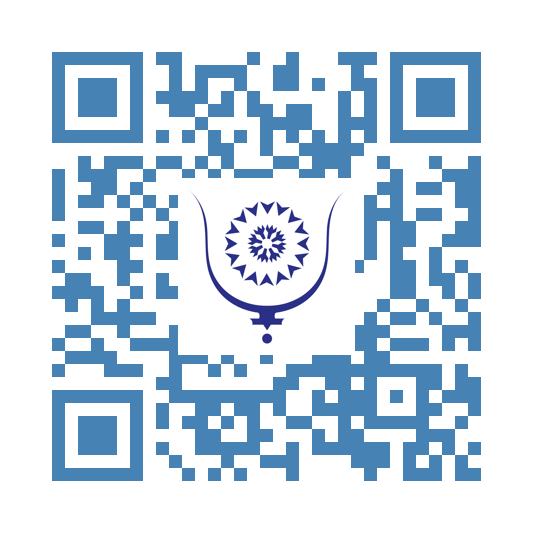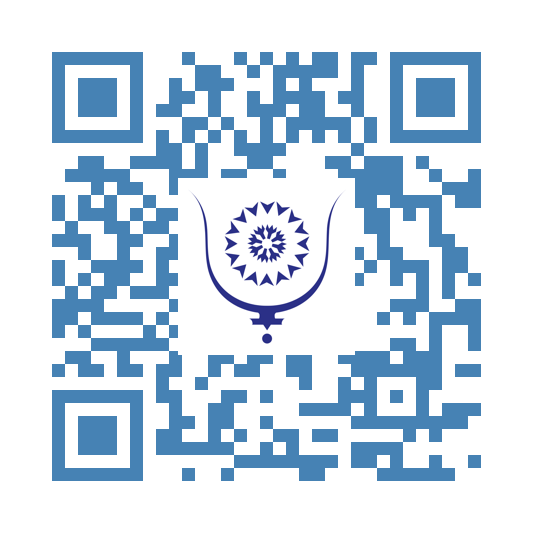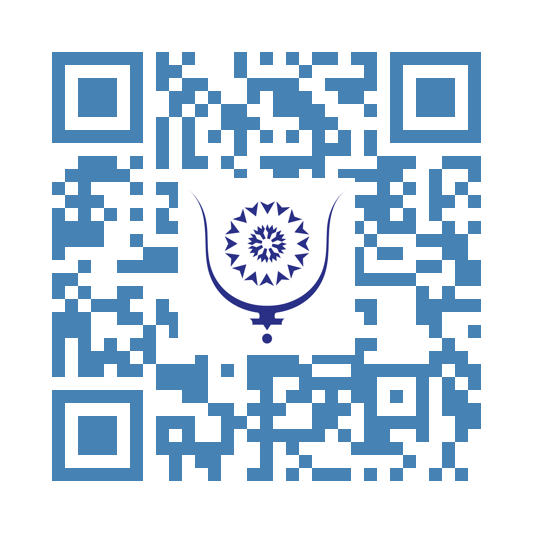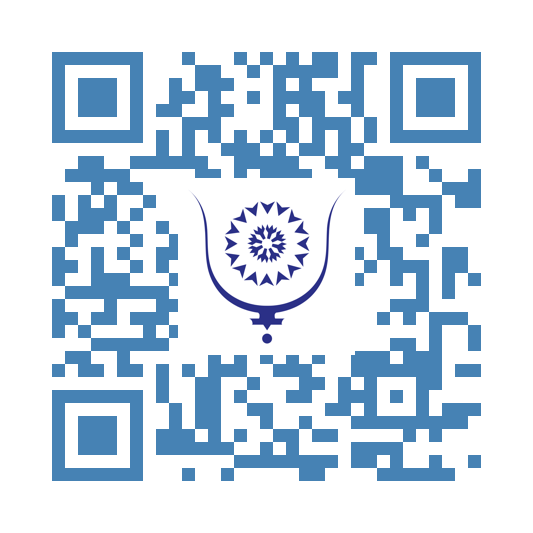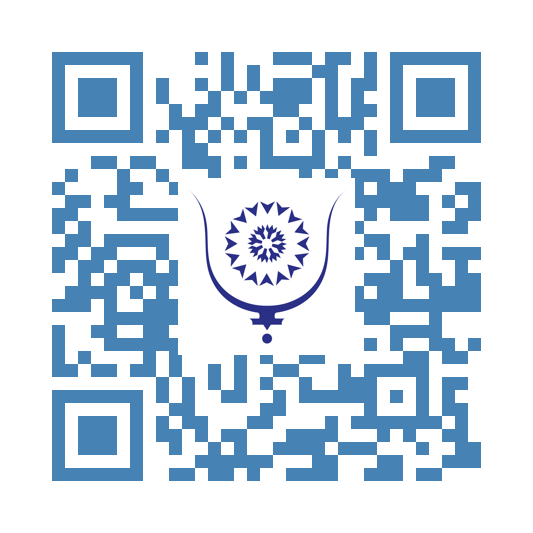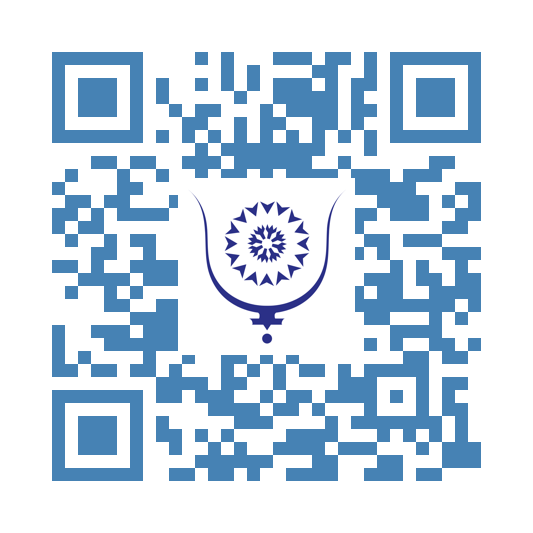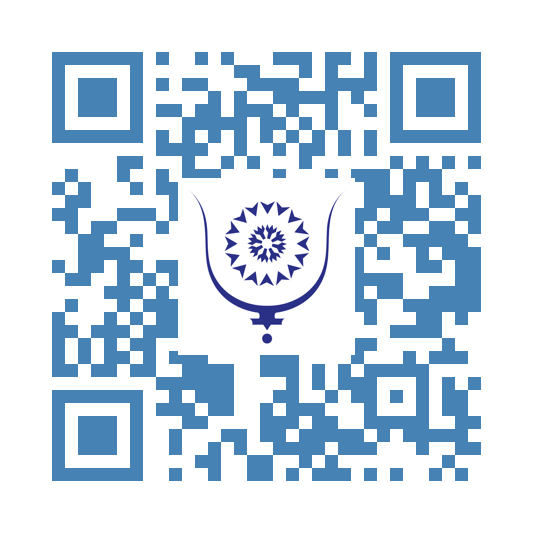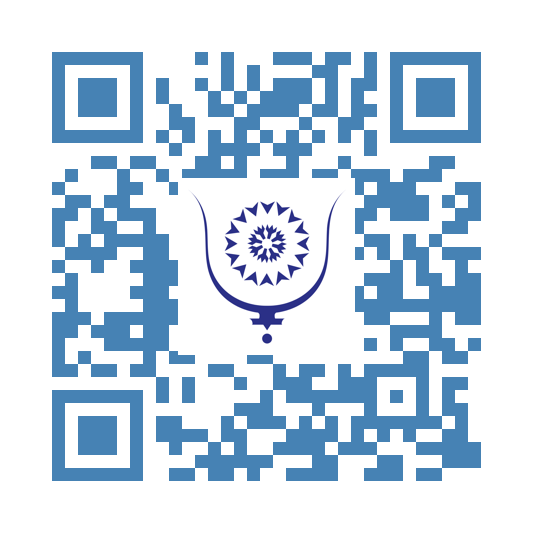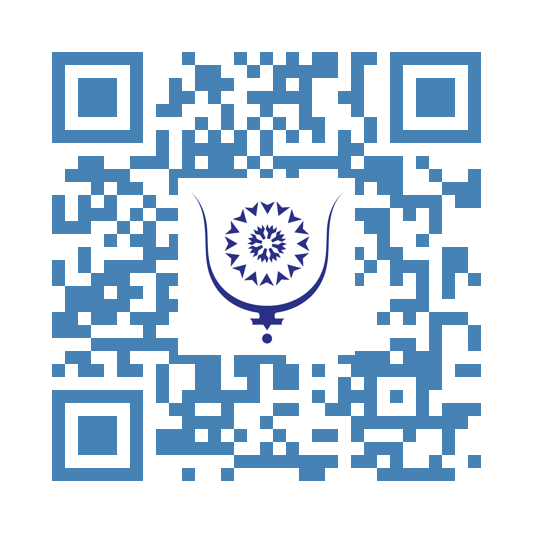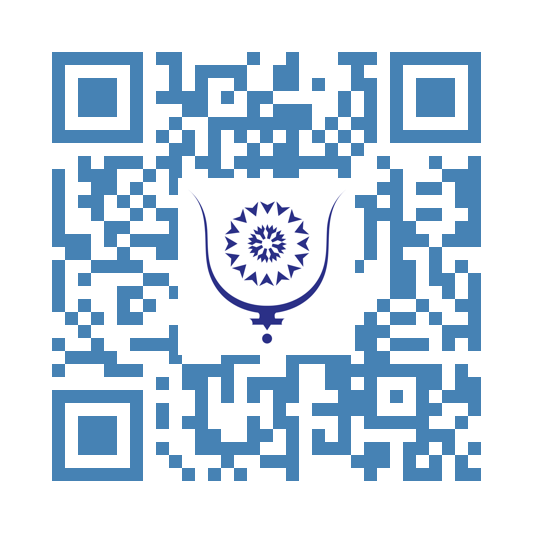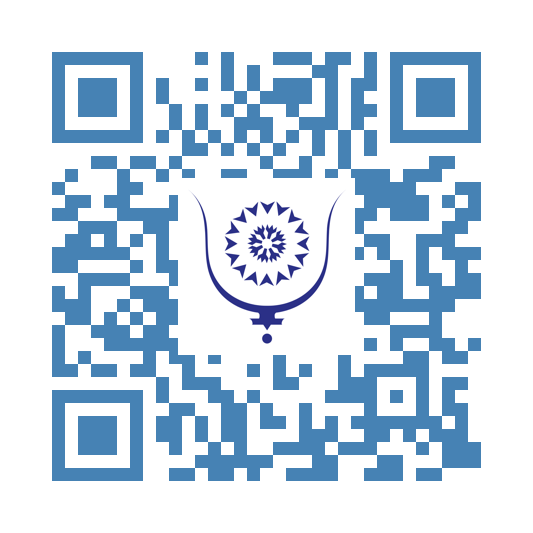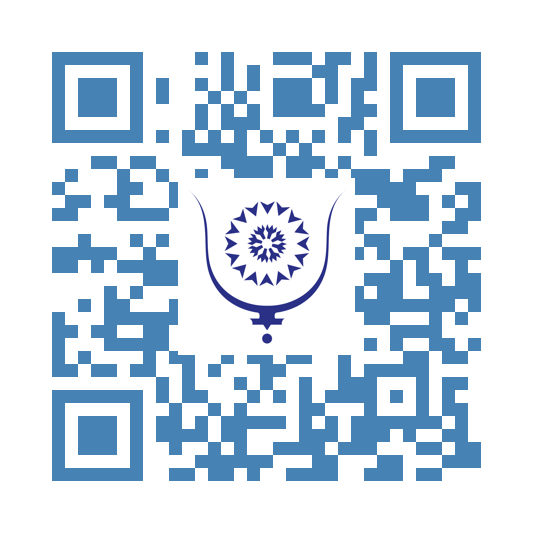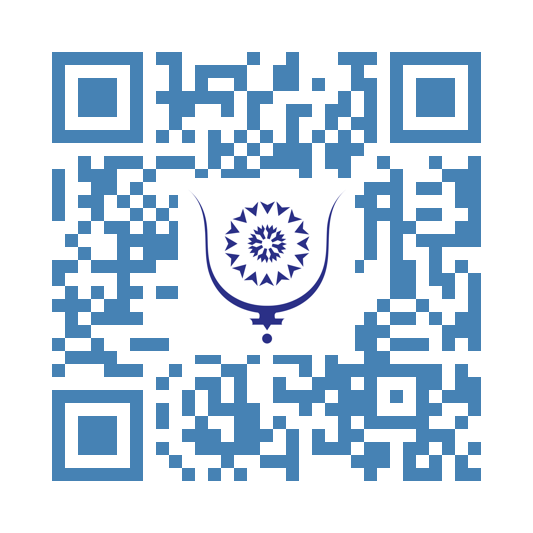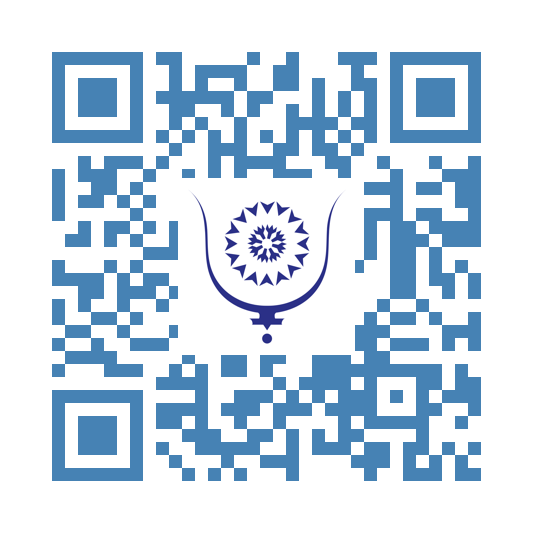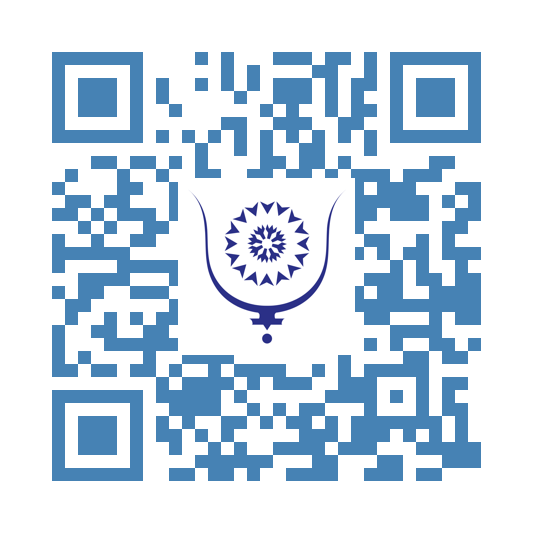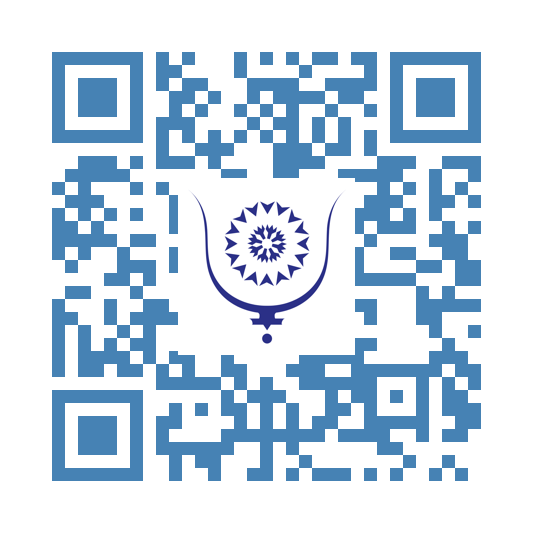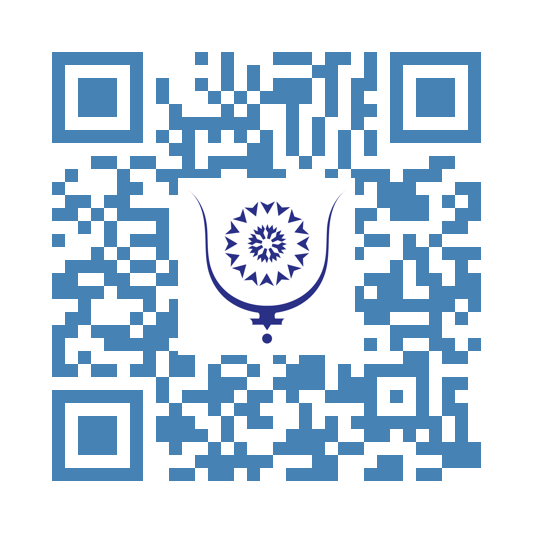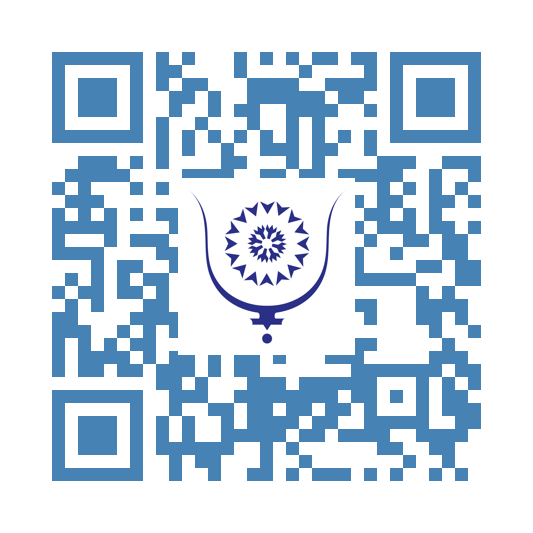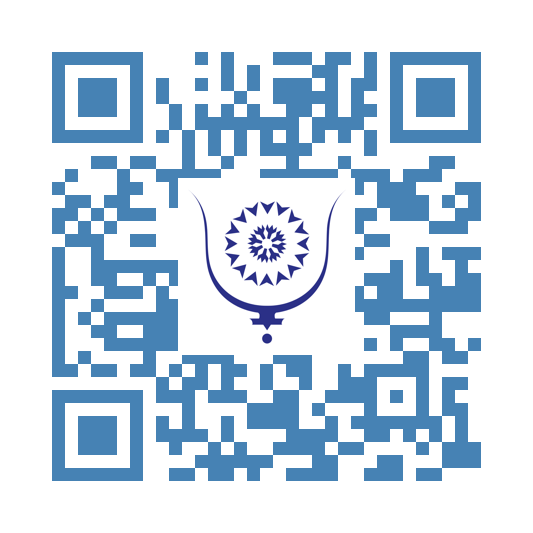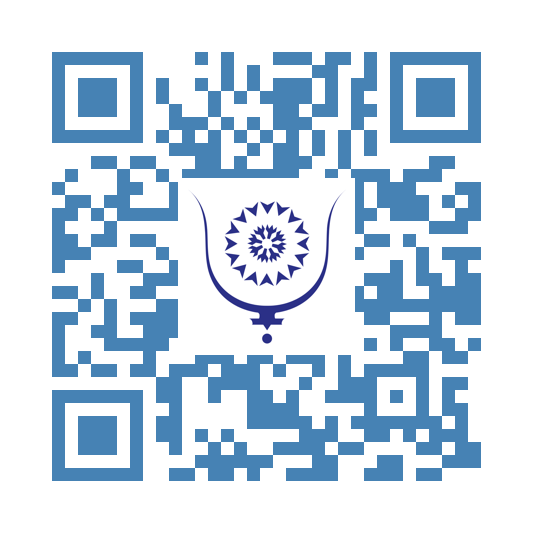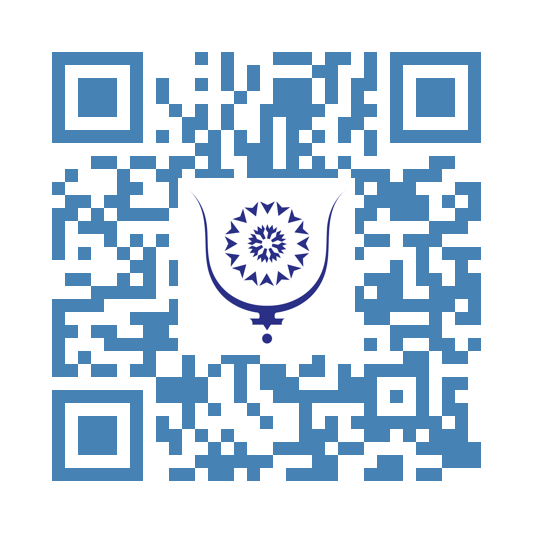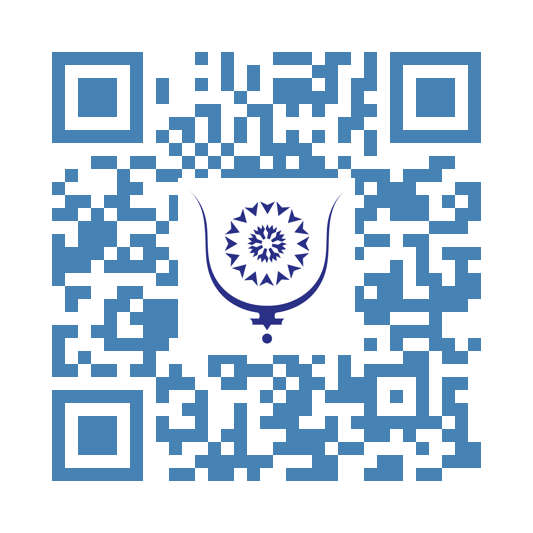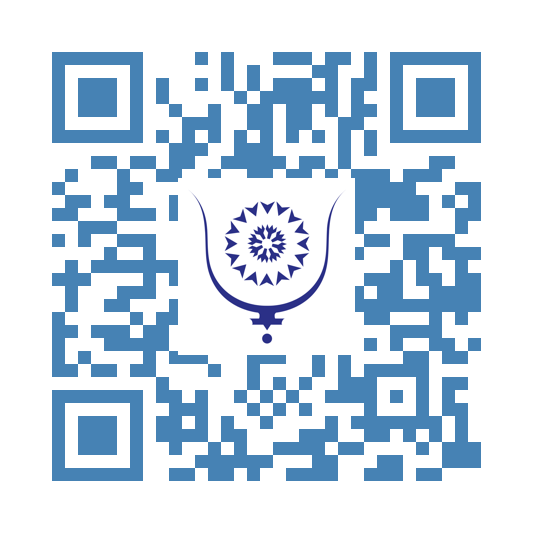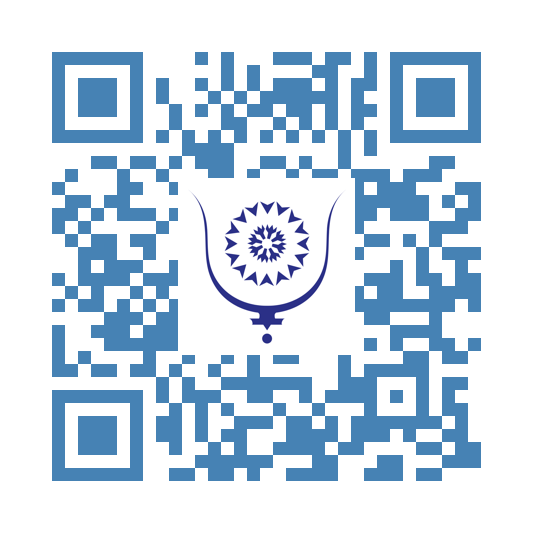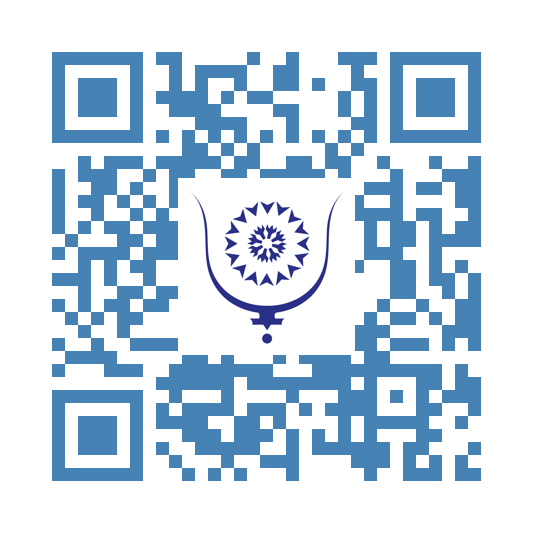GERIATRIE : LA NUTRITION FACE AU VIEILLISSEMENT PHYSIOLOGIQUE DES PERSONNES ÂGÉES - PARTIE 1 3267
«QUAND ON AVANCE EN ÂGE, MIEUX VIVRE C’EST MIEUX SE NOURIR»
L’équilibre nutritionnel de la personne âgée (PA) est plus précaire car tributaire de modifications physiologiques et de l’émergence de pathologies. Les personnes âgées ont tendance par ailleurs à diminuer leur apport alimentaire sans que leurs besoins énergétiques ne soient réduits : leurs réserves étant amoindries, tout incident rompt un équilibre déjà précaire et la dénutrition fait son apparition.
L'IMPACT DU VIELLISSEMENT PHYSIOLOGIQUE SUR LA NUTRITION
Avec l’âge, l’altération des perceptions des odeurs et du goût stimule moins l’appétit : la capacité discriminative s’affaiblit d’où une difficulté à identifier les aliments ; le seuil de détection des 4 saveurs de base augmente (multiplié par 11,6 pour le salé, 7 pour l’amer, 4,3 pour l’acide et 2,7 pour le sucré).
Près de 400 médications (anti-inflammatoires, antidiabétiques oraux, inhibiteurs de l’enzyme de conversion…), des carences en zinc ou en vitamine B3, la cirrhose du foie ou la déshydratation perturbent le goût.
La malnutrition aggrave ces déficiences, ralentissant ainsi le renouvellement cellulaire indispensable à la régénération des acteurs sensoriels.
La perte d’appétit découle aussi d’une sénescence des glandes salivaire. Les aliments n’étant plus correctement imbibés, les molécules porteuses de saveurs appétissantes sont moins actives. De plus, la dégradation dentaire et la prédilection pour des aliments plus liquides diminuent les mouvements masticatoires ce qui va encore réduire cette sécrétion.
La sécheresse buccale (xérostomie) est alors fréquente, exacerbée par de nombreux médicaments (diurétiques, benzodiazépines, antihistaminiques…), elle va favoriser les caries dentaires, les mycoses buccales et œsophagiennes, occasionnant des brûlures lors de l’ingestion et, in fine, gênant l’élocution et la déglutition.
La muqueuse gastrique, en s’atrophiant, sécrète moins d’acide chlorhydrique, d’où une pullulation bactérienne consommatrice de nutriments (folates) et un retard à l’évacuation gastrique de 2 à 3 fois plus long, qui prolonge la phase d’anorexie post-prandiale.
L’accélération plus importante chez la PA du transfert du chyme de la partie supérieure de l’estomac (le fundus) à la partie inférieure (l’antre) avec une distension précoce de cette dernière joue par ailleurs un rôle prépondérant dans le sentiment précoce de satiété.
Un peptide, le CCK sérique (cholecystokime -pancreozymine), produit par le duodénum au cours du repas, stimule la sécrétion par le pancréas de la trypsine qui inhibe en retour la sécrétion de CCK. L’insuffisance pancréatique exocrine, liée à l’âge ou aggravée par une dénutrition, lève ce rétrocontrôle, d’où une production accrue de CCK à l’origine elle aussi d’une satiété précoce.
La survenue plus fréquente chez la PA d’ulcères et de gastrites chroniques, en liaison avec une incidence plus élevée d’infection par Hélicobacter pylori, renforce encore le risque anorexique.
Le vieillissement musculaire et la diminution du capital musculaire (sarcopénie) est un phénomène presque inéluctable qui commence à 40 ans pour l’homme contre 50 ans pour la femme. La perte -de 3 à 8 % tous les dix ans- s’accélère après 60 ans et réduit la musculature à 17% du poids du corps à 70 ans contre 30% à 30 ans.
La composition en fibres du muscle se modifie : les fibres de type II, ou fibres blanches, à contraction rapide, mais peu résistantes à la fatigue, s’atrophient ; les fibres de type I ou fibres rouges, à contraction lente, générant peu de force, mais une forte endurance, sont moins affectées et leur densité serait même plus importante. Outre cette réduction de la force musculaire malgré une certaine préservation de l’endurance, le système nerveux contrôle moins bien ces contractions.
Plusieurs facteurs génétiques, médicamenteux, nutritionnels ainsi que l’augmentation des cytokines (état inflammatoire provenant de l’accroissement de la masse grasse) conditionnent l’apparition de cette sarcopénie.
Les hormones sexuelles joueraient aussi un rôle dans le contrôle de l’appétit au cours du vieillissement. La diminution des taux circulants de testostérone observée au moment de l’andropause induirait la perte d’appétit chez l’homme âgé et précipiterait le développement de la sarcopénie. À l’inverse, la réduction de sécrétion des œstrogènes à la ménopause protégerait les femmes de cette perte.
Les répercussions de la sarcopénie sont considérables : risques infectieux par baisse des réserves protéiques nécessaires aux défenses immunitaires, chutes et fractures éventuelles compromettant l’autonomie de la PA…
Un moindre volume musculaire expose aussi la PA aux troubles de la thermorégulation, la baisse de l’intensité du frissonnement qui en découle rendant la PA plus démunie face à l’exposition au froid.
Dr MOUSSAYER KHADIJA الدكتورة خديجة موسيار
Spécialiste en médecine interne et en Gériatrie en libéral à Casablanca.
Présidente de l’Alliance Maladies Rares Maroc (AMRM) et de l’association marocaine des maladies auto-immunes et systémiques (AMMAIS),
Vice-présidente du Groupe de l’Auto-Immunité Marocain (GEAIM)
- REFERENCE
MOUSSAYER KHADIJA Doctinews N° 25 Août/Septembre 2010, ACTUALISATION JUIN 2024
- POUR EN SAVOIR PLUS : La plupart des personnes âgees souffrent de maladies chronique le plus souvent d'origine auto-immune
Les maladies auto-immunes résultent d’un dysfonctionnement du système immunitaire, censé nous protéger des agressions extérieures, qui va le conduire à s’attaquer à notre propre organisme. Elles constituent un important problème de santé publique du fait de leur poids économique et humain : 3ème cause de morbidité dans le monde après les maladies cardiovasculaires et les cancers, elles touchent en effet près de 10 % de la population mondiale et occupent le deuxième ou le troisième poste du budget de la santé dans beaucoup de pays. Enfin, dernier point méconnu mais pas le moindre, ces maladies concernent les femmes dans plus de 75 % des cas : une femme sur six en est atteinte au cours de sa vie !
Passons donc en revue ce que sont ces pathologies et les actions de l’associations AMMAIS
UN PROCESSUS D'AUTODESTRUCTION DE L'ORGANISME
Notre système immunitaire est composé notamment de cellules spécialisées comme les lymphocytes et de substances (les anticorps) chargées normalement de nous défendre contre toute attaque extérieure provenant de différents virus, bactéries, champignons et autres produits délétères.
Lors d’une maladie auto-immune (MAI) ou à manifestations auto-immunes, des éléments de ce système se trompent d’ennemi et s’en prennent à nos tissus et cellules. Certains anticorps devenus nos adversaires s’appellent alors « auto-anticorps ». Au total, il existe près d’une centaine de ces troubles.

